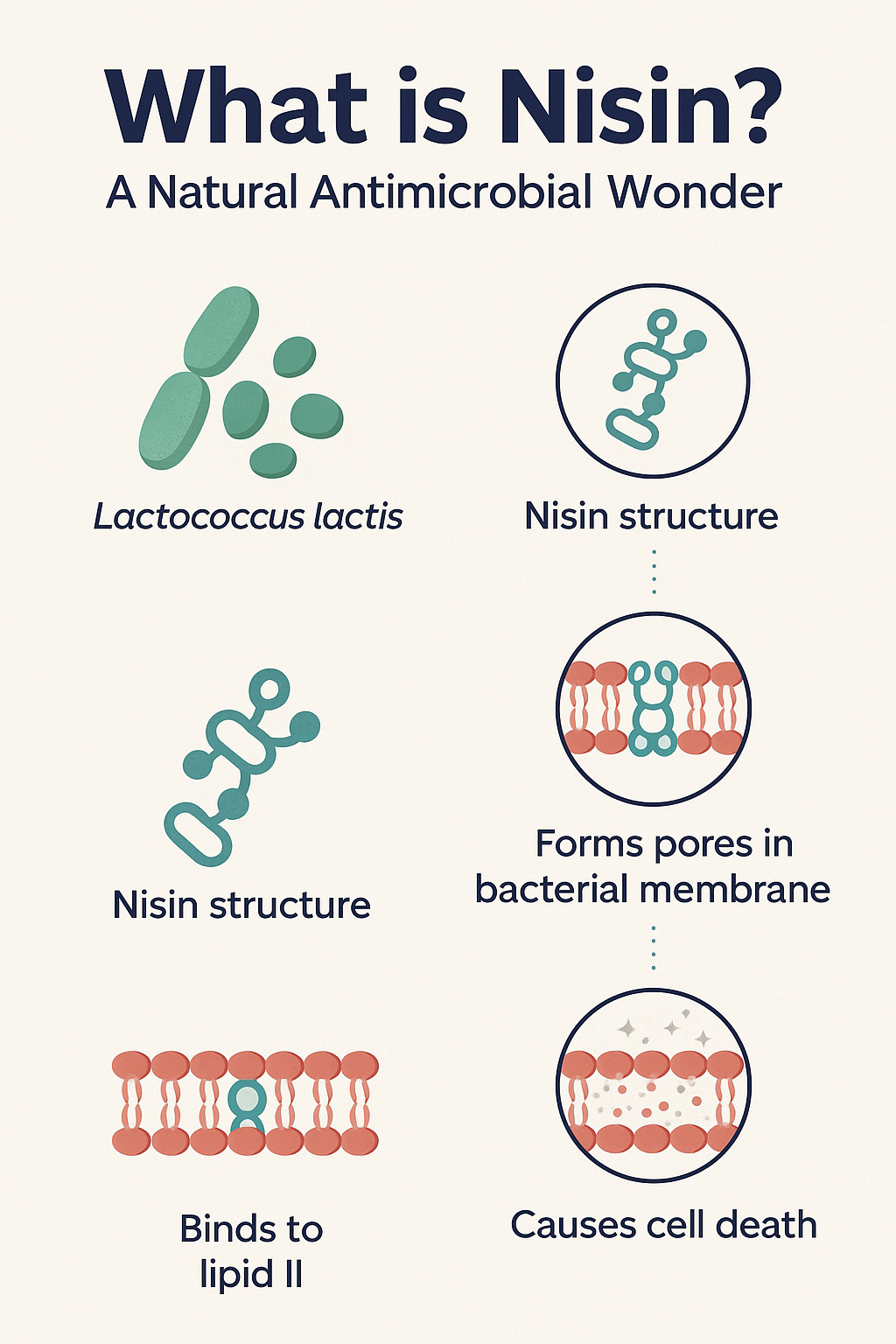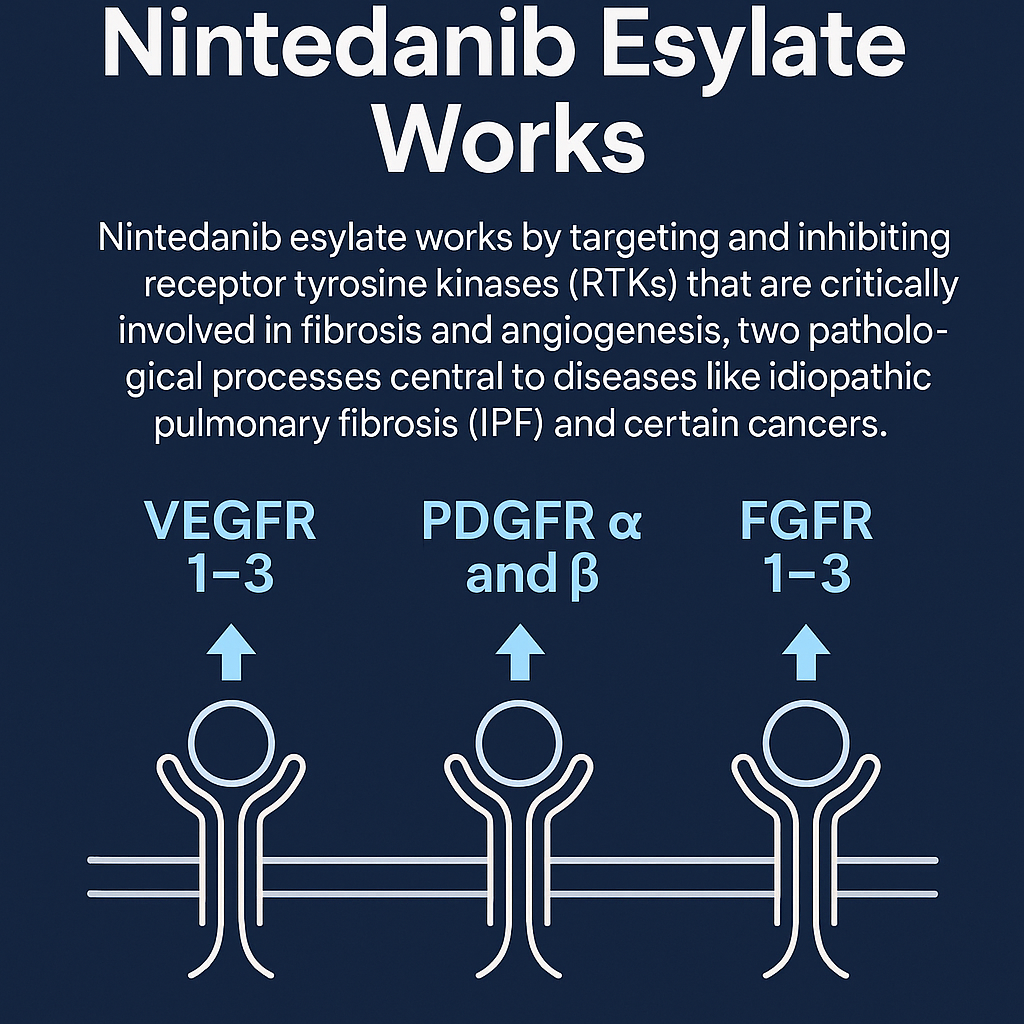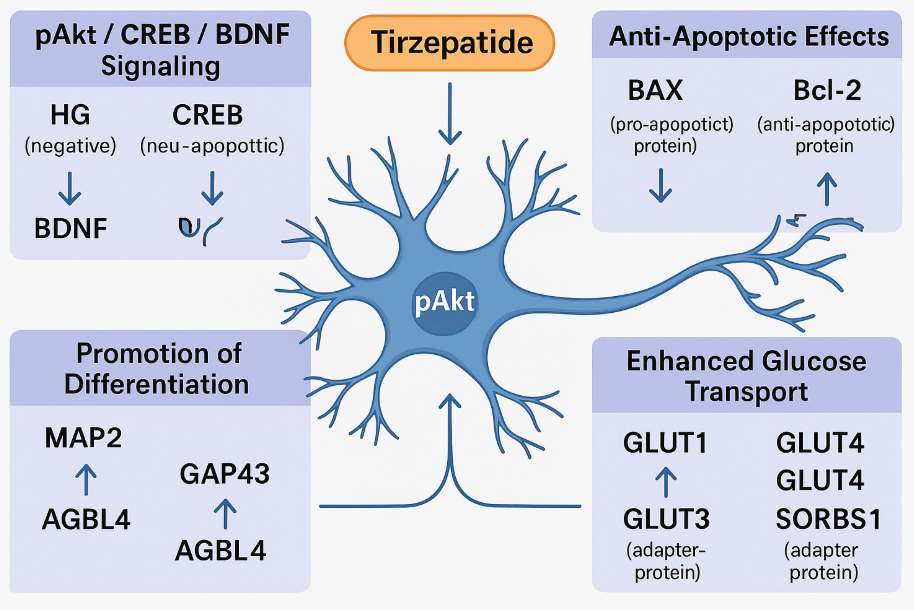Benzocaine:A Complete Guide to This Popular Topical Anesthetic
Abstract
Benzocaine is a widely used over-the-counter local anesthetic known for its fast-acting, numbing effect on minor pain and irritation. This article explores its chemical mechanism, common applications in oral, dermal, and otic care, and highlights important safety concerns such as allergic reactions and the rare but serious risk of methemoglobinemia. While effective for temporary relief, users must follow dosage instructions carefully—especially in pediatric cases. The blog also answers frequently asked questions to help consumers make informed, responsible decisions when using Benzocaine-based products.
Introduction to Benzocaine
Benzocaine is a widely used local anesthetic that provides fast, temporary pain relief by numbing the affected area. It is commonly found in over-the-counter (OTC) products such as oral gels, throat lozenges, topical creams, and ear drops. As an ester of para-aminobenzoic acid (PABA), Benzocaine works by blocking nerve signals in the body, thereby reducing sensations of pain or discomfort.
This compound is especially popular for addressing minor ailments like toothaches, sore throats, insect bites, minor burns, and hemorrhoids. Its fast action and affordability have made it a household staple in first-aid kits and pharmacies worldwide. Unlike systemic painkillers, Benzocaine acts locally, meaning it only affects the site of application and doesn’t circulate through the bloodstream in significant amounts.
Many consumers encounter Benzocaine under brand names such as Orajel®, Anbesol®, and Hurricaine®. Due to its wide availability and effectiveness, it’s essential to understand not just what Benzocaine is, but also how it works and when it’s appropriate to use.
Despite its benefits, Benzocaine is not without risks. The U.S. Food and Drug Administration (FDA) has issued warnings about its use in infants and young children, due to the rare but serious condition methemoglobinemia, which affects the blood’s ability to carry oxygen. For adults, Benzocaine is generally safe when used as directed, though allergic reactions can occur in sensitive individuals.
Whether you’re dealing with minor pain or preparing a health-related article, knowing the fundamentals of Benzocaine helps ensure safe, effective use and informed decisions.
How Benzocaine Works: Mechanism of Action
Benzocaine functions as a local anesthetic by directly interfering with the body’s ability to transmit pain signals. Specifically, it works by blocking voltage-gated sodium channels located in the neuronal membrane. These channels are essential for the generation and propagation of action potentials—electrical impulses that carry messages along nerves. By inhibiting these sodium channels, Benzocaine effectively prevents the initiation and conduction of nerve impulses, resulting in temporary loss of sensation in the treated area.
Unlike injectable anesthetics such as lidocaine, Benzocaine is typically applied topically and does not penetrate deeply into tissues. This makes it ideal for surface-level applications like relieving oral pain, skin irritation, or minor burns. Its onset of action is relatively fast, often within 30 seconds to a few minutes, making it suitable for quick pain relief.
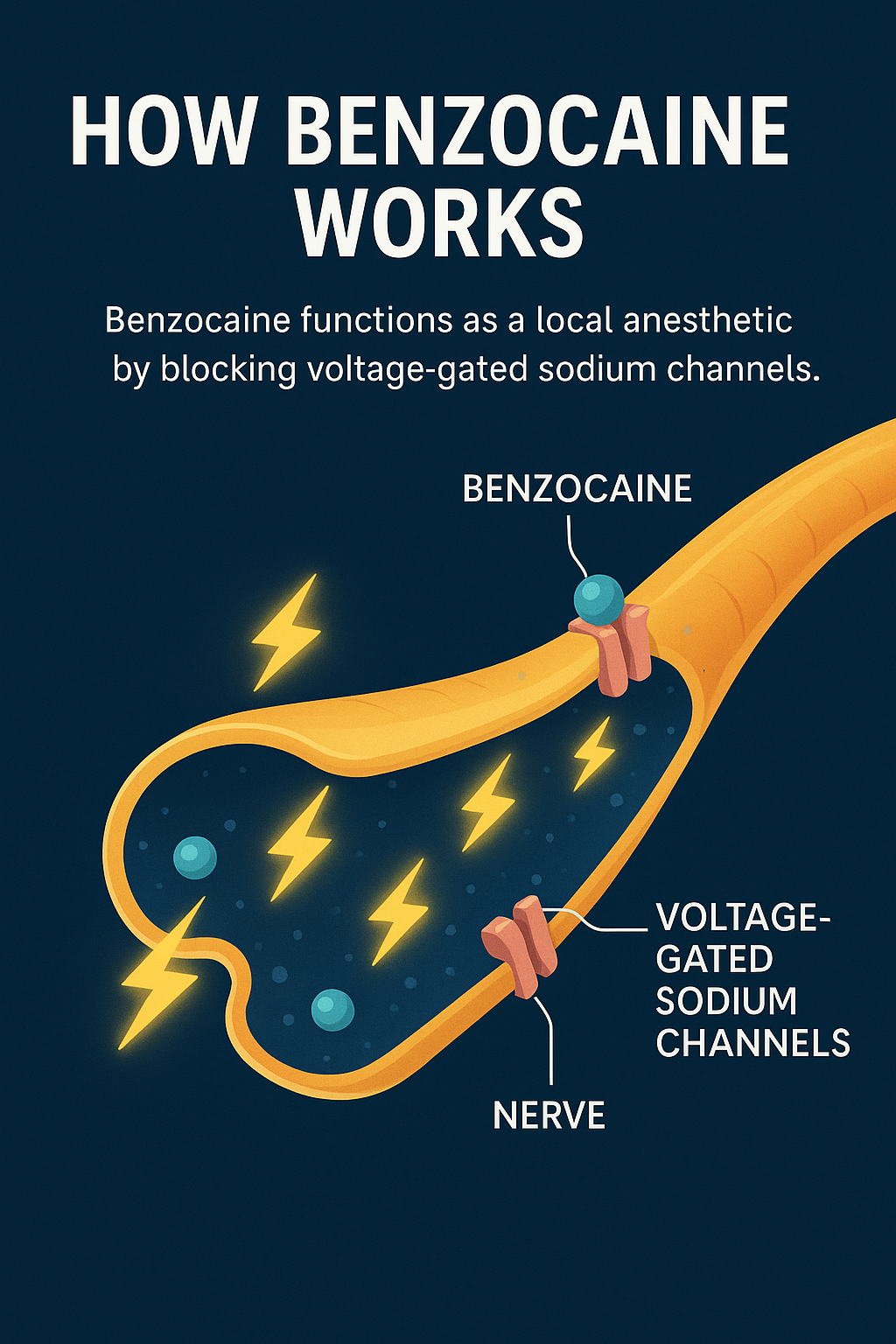
Benzocaine’s molecular structure, which includes a lipophilic aromatic ring and an ester linkage, allows it to embed itself in the lipid-rich neuronal membrane where it blocks sodium ion movement. However, its poor water solubility limits its use in injectable or systemic forms, confining it mainly to external and mucosal applications.
While its mechanism is well understood, users must be cautious. Overuse or misuse—especially in mucosal areas or broken skin—can enhance absorption and increase the risk of methemoglobinemia, a condition in which hemoglobin is altered and cannot carry oxygen effectively.
Overall, Benzocaine’s local action, rapid effect, and safety profile (when used correctly) make it an essential component in topical anesthetic products.
Common Uses of Benzocaine in Everyday Life
Benzocaine is one of the most accessible and widely used topical anesthetics available in over-the-counter products. Its ability to provide fast, localized relief makes it an essential ingredient in many first-aid and personal care items. Consumers most commonly use Benzocaine for oral, dermal, and otic (ear) conditions, and its role in temporary pain management cannot be overstated.
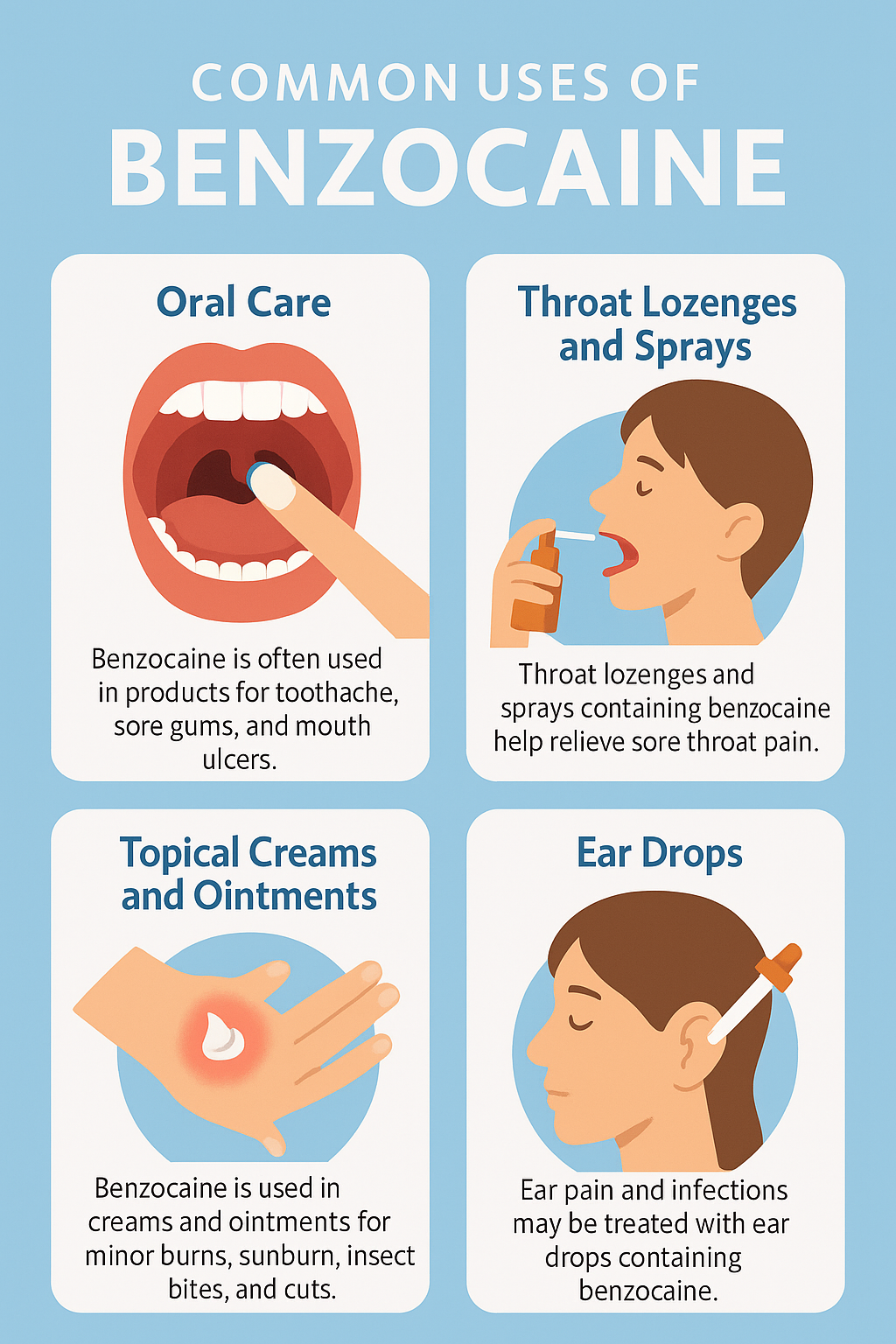
🔹 Oral Care
One of the most well-known applications of Benzocaine is in treating toothaches, sore gums, and mouth ulcers. Brands like Orajel® and Anbesol® contain Benzocaine as their active ingredient to numb pain quickly. Dentists may also use it to numb the gums before injections or minor procedures.
🔹 Throat Lozenges and Sprays
Benzocaine is a key ingredient in many sore throat lozenges and throat sprays, offering relief from irritation caused by colds, infections, or post-nasal drip. The numbing effect helps soothe the throat and reduce coughing.
🔹 Topical Creams and Ointments
Applied to the skin, Benzocaine can relieve pain from minor burns, sunburns, insect bites, and cuts. It works best on intact skin and is often combined with other soothing agents like aloe vera or antiseptics for added effect.
🔹 Ear Drops
Benzocaine is included in certain ear pain relief drops, especially those used for ear infections or swimmer’s ear. It helps by dulling the pain in the ear canal while other ingredients address the root cause.
While Benzocaine is highly effective, it should be used strictly according to product instructions, especially in pediatric cases. Consumers should always consult a healthcare provider for persistent or severe symptoms.
Safety, Side Effects, and Warnings
While Benzocaine is effective for temporary pain relief, it’s essential to understand its safety profile and potential side effects, especially when used frequently or in sensitive populations.
⚠️ Common Side Effects
Most users tolerate Benzocaine well when applied topically and in recommended doses. However, mild skin irritation, redness, or a stinging sensation may occur, particularly when used on broken skin or sensitive areas such as the mouth or lips.
❗ Methemoglobinemia Risk
A major safety concern with Benzocaine is methemoglobinemia, a rare but potentially life-threatening condition where the blood’s ability to carry oxygen is severely reduced. Symptoms include bluish lips or skin, shortness of breath, fatigue, confusion, or rapid heart rate. The FDA has issued strong warnings against the use of benzocaine-containing products in infants under 2 years old, especially for teething pain.
🚫 Allergic Reactions
Benzocaine is an ester-type local anesthetic, which can cause allergic reactions in some individuals, especially those sensitive to para-aminobenzoic acid (PABA). Symptoms of an allergic reaction include itching, swelling, rash, or difficulty breathing. If any of these occur, users should stop using the product immediately and seek medical help.
🧴 Safe Usage Tips
Always follow dosage instructions on the label or from a healthcare provider.
Do not apply to large areas of the body or use for extended periods.
Avoid using in children without medical advice.
Check for drug interactions if using other local anesthetics.
Proper awareness of these risks can help users make safe, informed decisions when choosing products containing Benzocaine.
Conclusion
Benzocaine has earned its place as a trusted, fast-acting topical anesthetic for managing minor pain and irritation. Whether you’re soothing a sore throat, relieving a toothache, or calming irritated skin, its localized numbing effect provides quick relief without the systemic impact of oral painkillers.
However, awareness is key. Although generally safe for adults when used correctly, Benzocaine can pose serious risks—particularly for young children and people with specific sensitivities. Following labeled directions, avoiding overuse, and knowing when to consult a healthcare provider are critical to safe use.
Its effectiveness, versatility, and widespread availability in over-the-counter oral gels, sprays, creams, and lozenges make Benzocaine a staple in household and clinical settings. Still, with the potential for rare but serious complications like methemoglobinemia, consumers should treat it with informed caution.
Whether you’re a parent seeking relief for your child, an adult handling dental discomfort, or a health blogger wanting to educate others, understanding how Benzocaine works and its safe usage practices is essential for making the most of this common medication.
References
Maraj DC, Barak-Norris R, Dankha M. A Rare Case of Benzocaine-Induced Methemoglobinemia. Cureus. 2021 Nov 4;13(11):e19259. doi: 10.7759/cureus.19259. PMID: 34881122; PMCID: PMC8643242.
https://assets.cureus.com/uploads/case_report/pdf/68795/20211204-22450-15bkq0u.pdf
Wagner J, Cornet N, Goldberg A. Benzocaine-related methaemoglobinemia after transoesophageal echocardiography: a rare, life-threatening complication. BMJ Case Rep. 2021 Apr 23;14(4):e241887. doi: 10.1136/bcr-2021-241887. PMID: 33893130; PMCID: PMC8074544.
https://casereports.bmj.com/content/14/4/e241887.abstract
El-Zahabi HSA, Nossier ES, Mousa SM, Hassan H, Shalaby ASG, Arafa RK. Antibacterial and anticancer profiling of new benzocaine derivatives: Design, synthesis, and molecular mechanism of action. Arch Pharm (Weinheim). 2022 Apr;355(4):e2100451. doi: 10.1002/ardp.202100451. Epub 2022 Jan 31. PMID: 35102593.
https://onlinelibrary.wiley.com/doi/abs/10.1002/ardp.202100451
Rietveld IB, Akiba H, Yamamuro O, Barrio M, Céolin R, Tamarit JL. The Phase Diagram of the API Benzocaine and Its Highly Persistent, Metastable Crystalline Polymorphs. Pharmaceutics. 2023 May 20;15(5):1549. doi: 10.3390/pharmaceutics15051549. PMID: 37242790; PMCID: PMC10220575.

